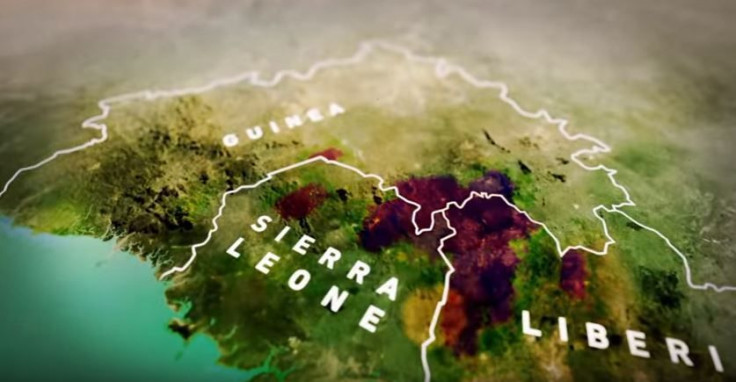Where Did Zika Virus Come From? New PBS Documentary Explains How Infectious Diseases Travel

The Zika virus continues to jump continents and lace its way into human hosts, making it an invisible international traveler. But how did it all begin? PBS is set to premier its newest documentary on the spread of infectious diseases in a world where humans increasingly face more pathogen exposure than ever before. On Wednesday, Aug. 3 at 10:00 p.m. ET on PBS, “Spillover Zika, Ebola & Beyond” will provide viewers with a clear explanation of how more than 70 percent of diseases transfer from animals to infect humans.
The documentary lays the foundation for viewers by explaining how the world has historically handled parallel health emergencies and how experts plan on navigating the growing threats. Veterinarian and epidemiologist Dr. Jonathan Epstein explained in an interview with Medical Daily how a disease that’s been around for over 50 years is spreading across the globe.
“When there’s an outbreak and you start to have human cases of any disease we need to trace that initial introduction of a virus in the human population,” Epstein, who is also the associate vice president of Conservation Medicine at EcoHealth Alliance, told Medical Daily. “One of the first questions you ask is, ‘Have you had any contact with animals of any kind recently.’ And if they answer ‘yes,’ then you start to trace back to find out the species.”

Because Zika is a zoonotic disease, it can be carried by animals, such as mosquitoes, monkeys, and then jump species and infect humans. This spillover effect reflects how interconnected the world is and also highlights how difficult it is to predict and prevent an outbreak from circulating once it enters dense populations.
“Zika virus was first discovered in a monkey in 1947, but the first human case wasn’t recognized until 1952, ” Epstein explained. “It seemed to cause very mild, flu-like symptoms and we said ‘it’s not worth looking into and nobody dies from it.’ It spread normally throughout Uganda and East Africa and no one was paying attention to what it was doing.”
Eventually it spread, most likely through travel, and made its way eastward to Southeast Asia. It caused an outbreak in French Polynesia around 2013. Experts weren’t surprised when it reached Brazil in 2015, but what they didn’t anticipate was the magnitude of the outbreak — and the seriousness of the effects. According to the Centers for Disease Control and Prevention, Zika virus infections during pregnancy can cause a serious birth defects known as microcephaly, which can cause severe brain damage and impede healthy development. There are currently 433 pregnant women in the US who have been infected with the virus, some of whom have already had babies with birth defects.



























